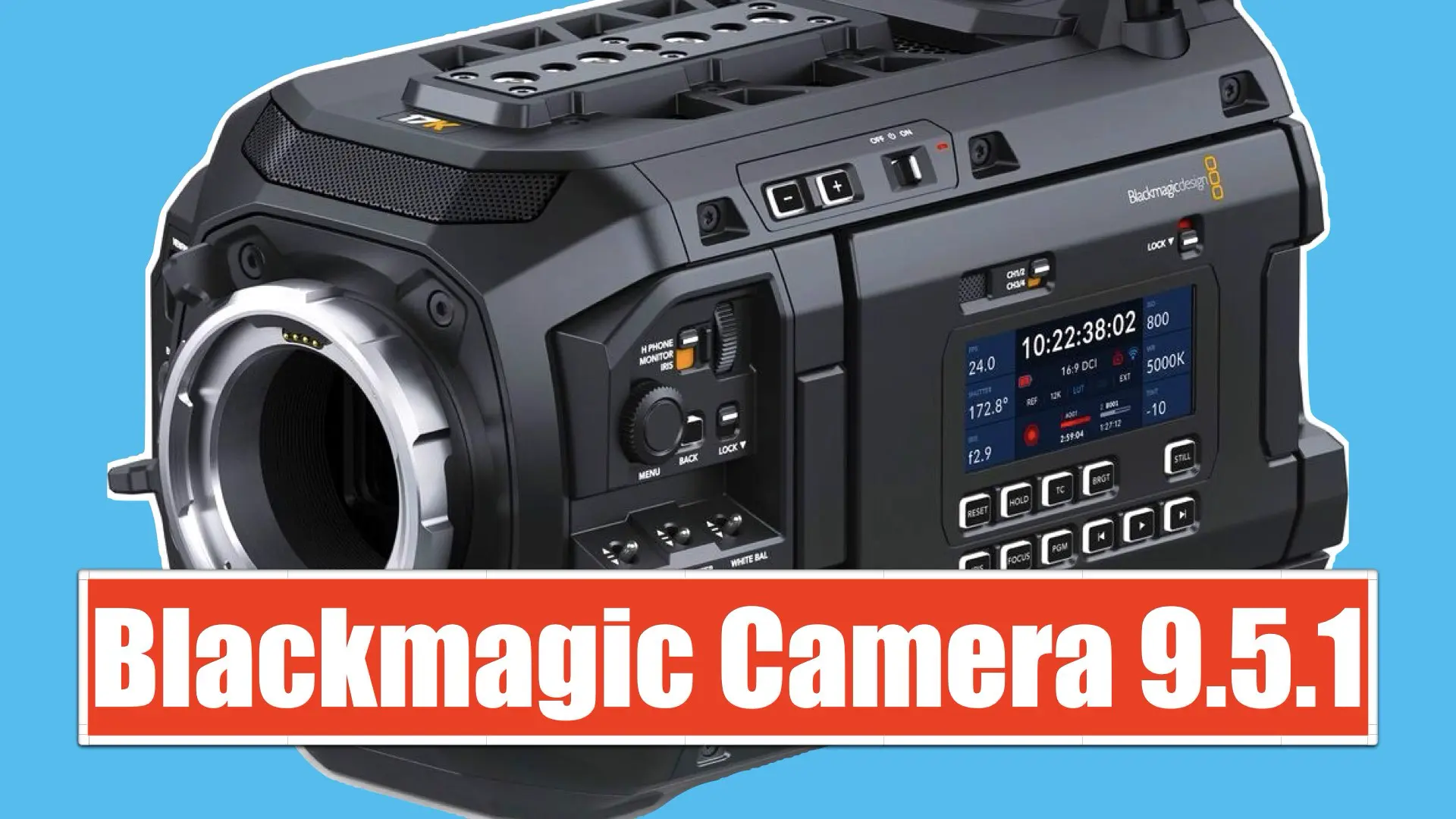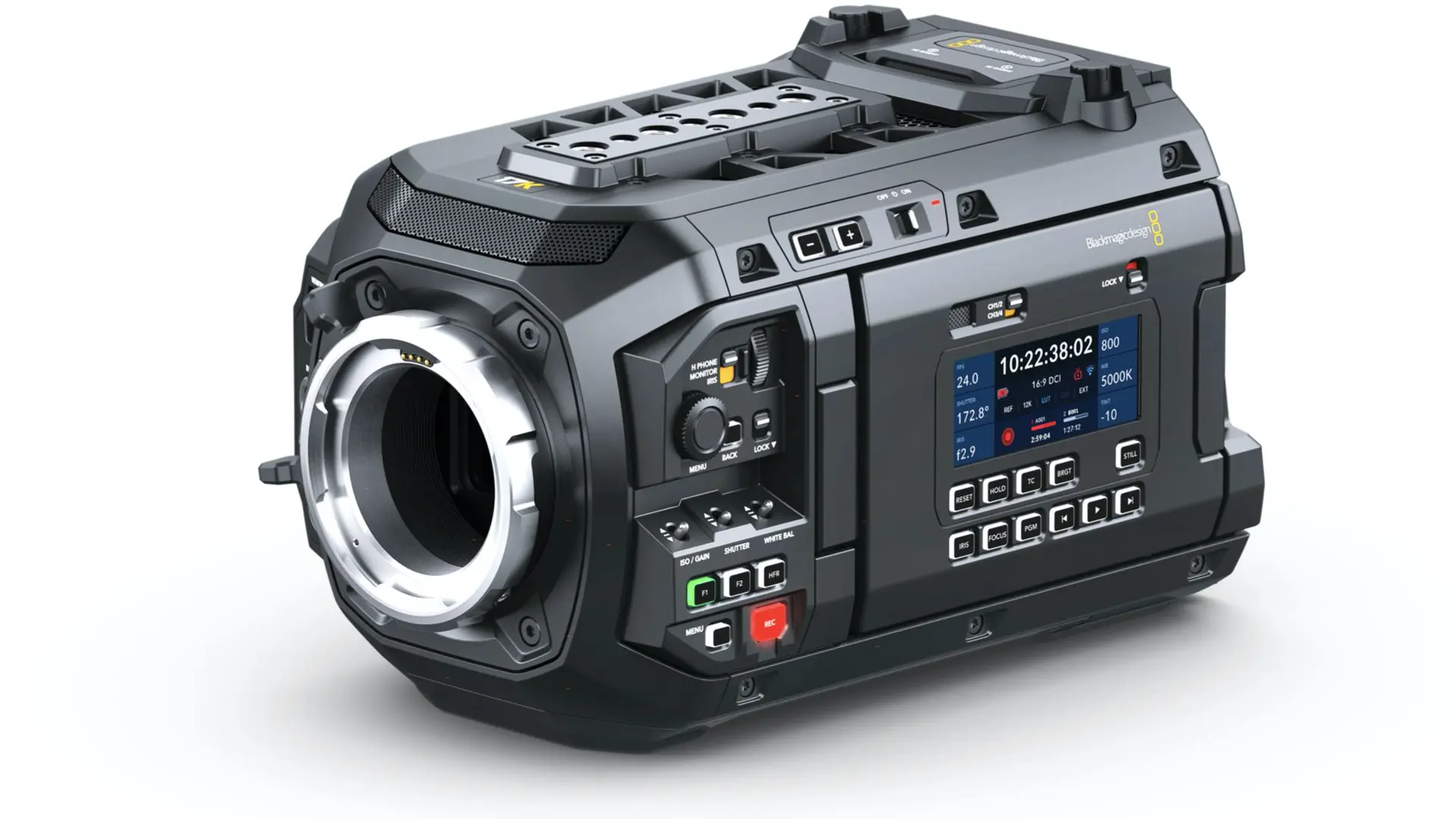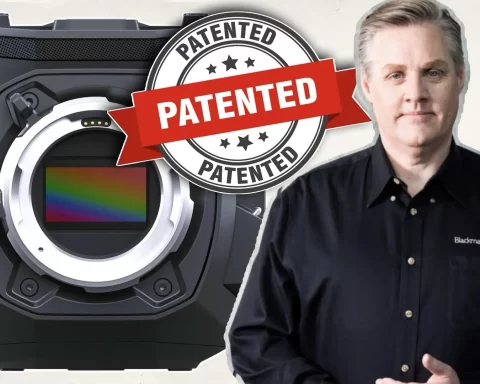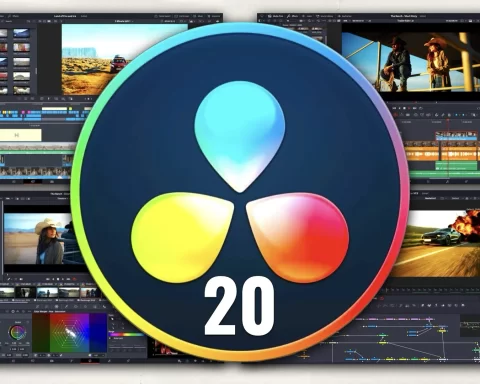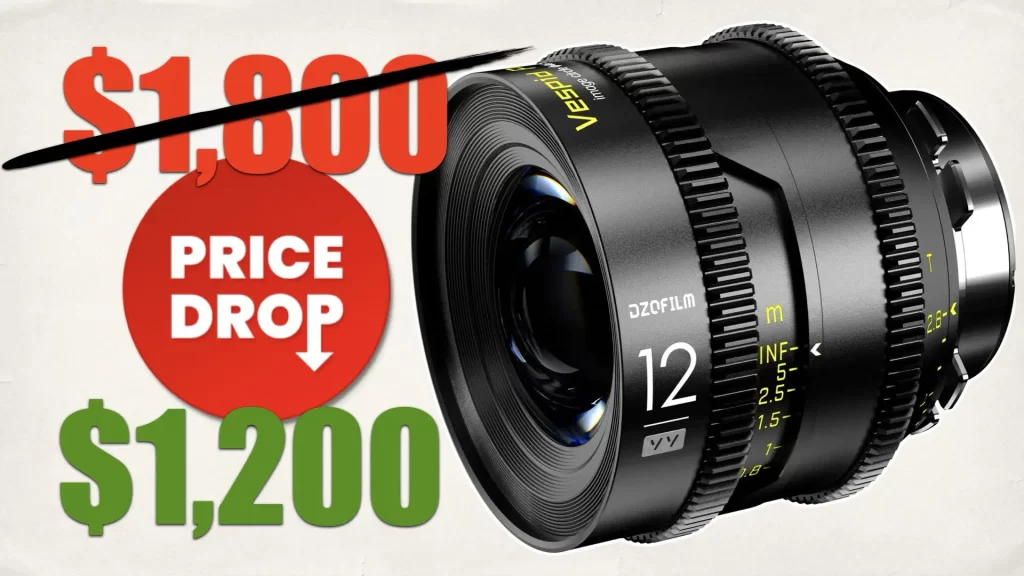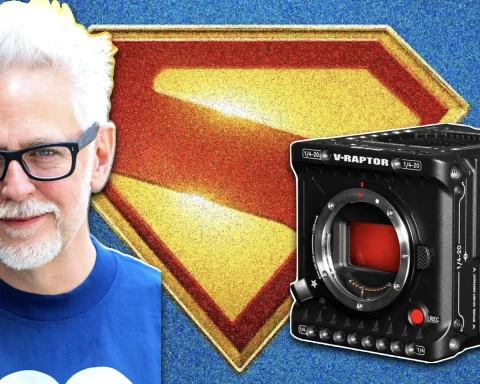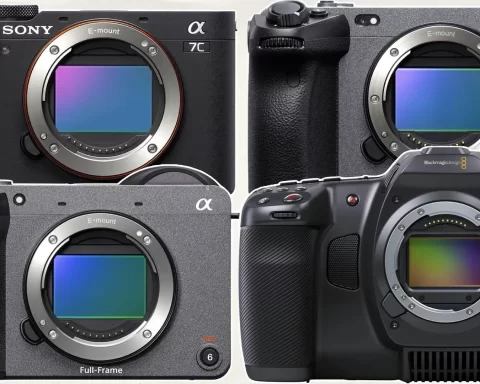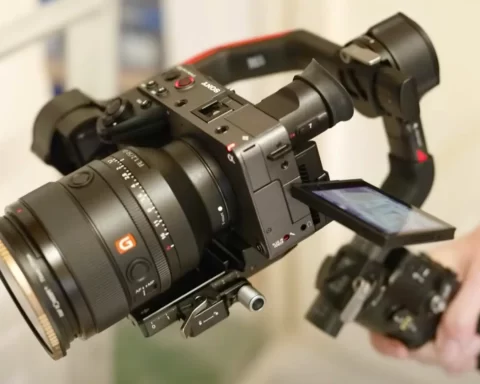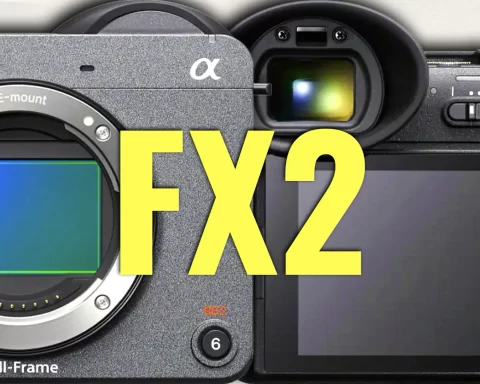Blackmagic Design recently dropped Blackmagic Camera 9.5.1, a relatively quiet firmware update that—on the surface—introduces small refinements to its flagship URSA Cine 17K 65 camera system. But between the lines, the phrase “manufacturing improvements” carries potential significance that could ripple across the medium format cinema landscape. While the update also includes image optimization, playback enhancements, and better focus responsiveness using smart cine lenses with i/Data technology, the real conversation begins with this:
What do “manufacturing improvements” truly imply for a cutting-edge, large-format camera like the URSA Cine 17K 65?
To explore this, let’s decode the update, discuss its possible implications, and ignite a conversation about the future of premium cinema hardware.
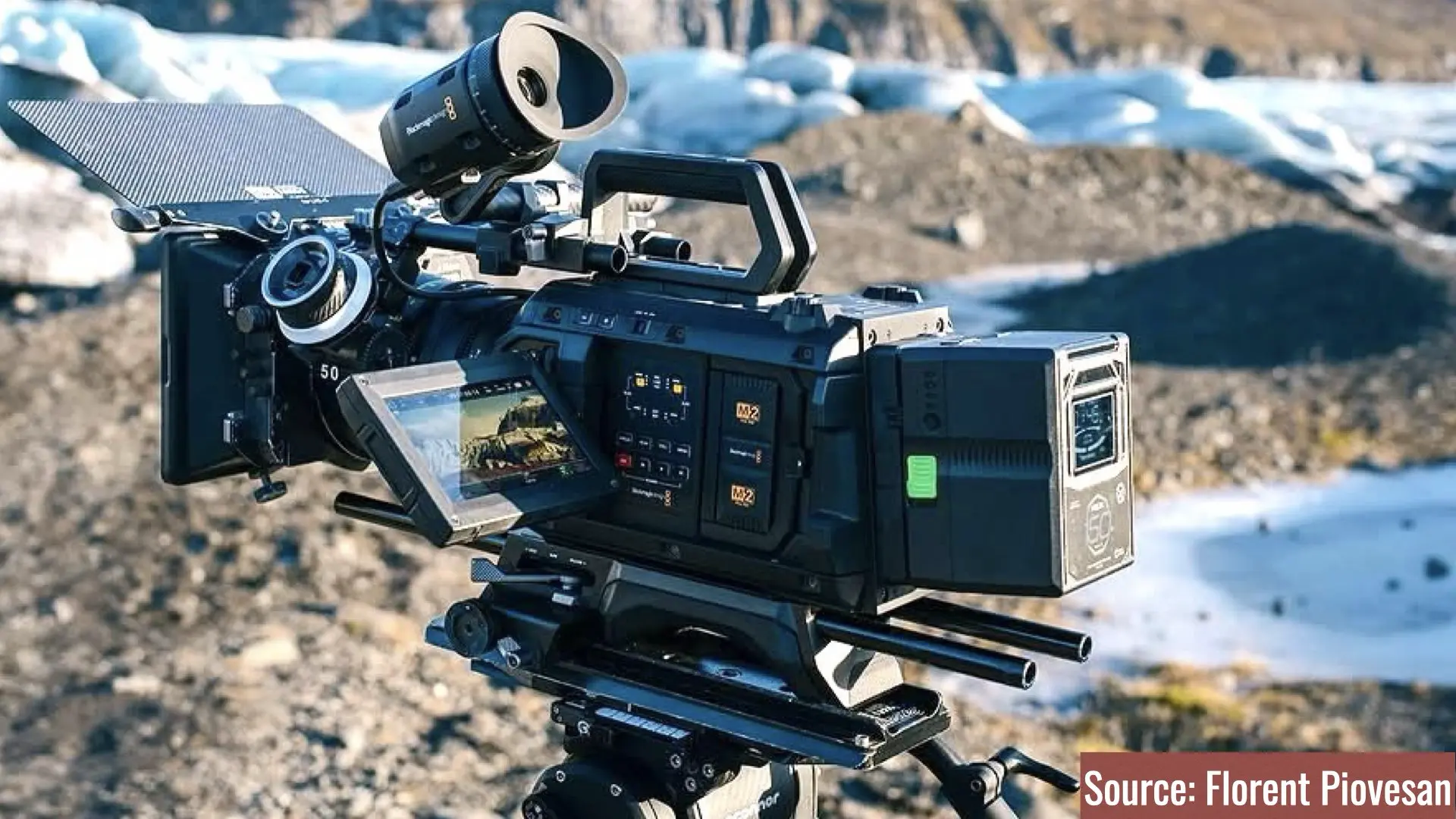
From Prototype to Platform: Maturing the URSA Cine 17K 65
The URSA Cine 17K 65 is already positioned as an industry disruptor. As outlined in our article, Blackmagic URSA Cine 17K 65 vs Fujifilm GFX ETERNA, Blackmagic is not just chasing specs—it’s redefining medium format cinematography by merging affordability, sensor real estate, and workflow integration. The addition of “manufacturing improvements” to the latest firmware could signal a transition: from early adopter phase to production readiness at scale. This likely includes tighter tolerance controls, component upgrades, or streamlined assembly pipelines—any of which could ensure higher unit consistency, fewer returns, and better long-term reliability. It may also mean updated thermal designs, sensor calibration protocols, or even quality assurance algorithms embedded at the hardware level. In the world of large-format digital cinema, these aren’t just internal changes—they’re trust signals to DPs and studios.
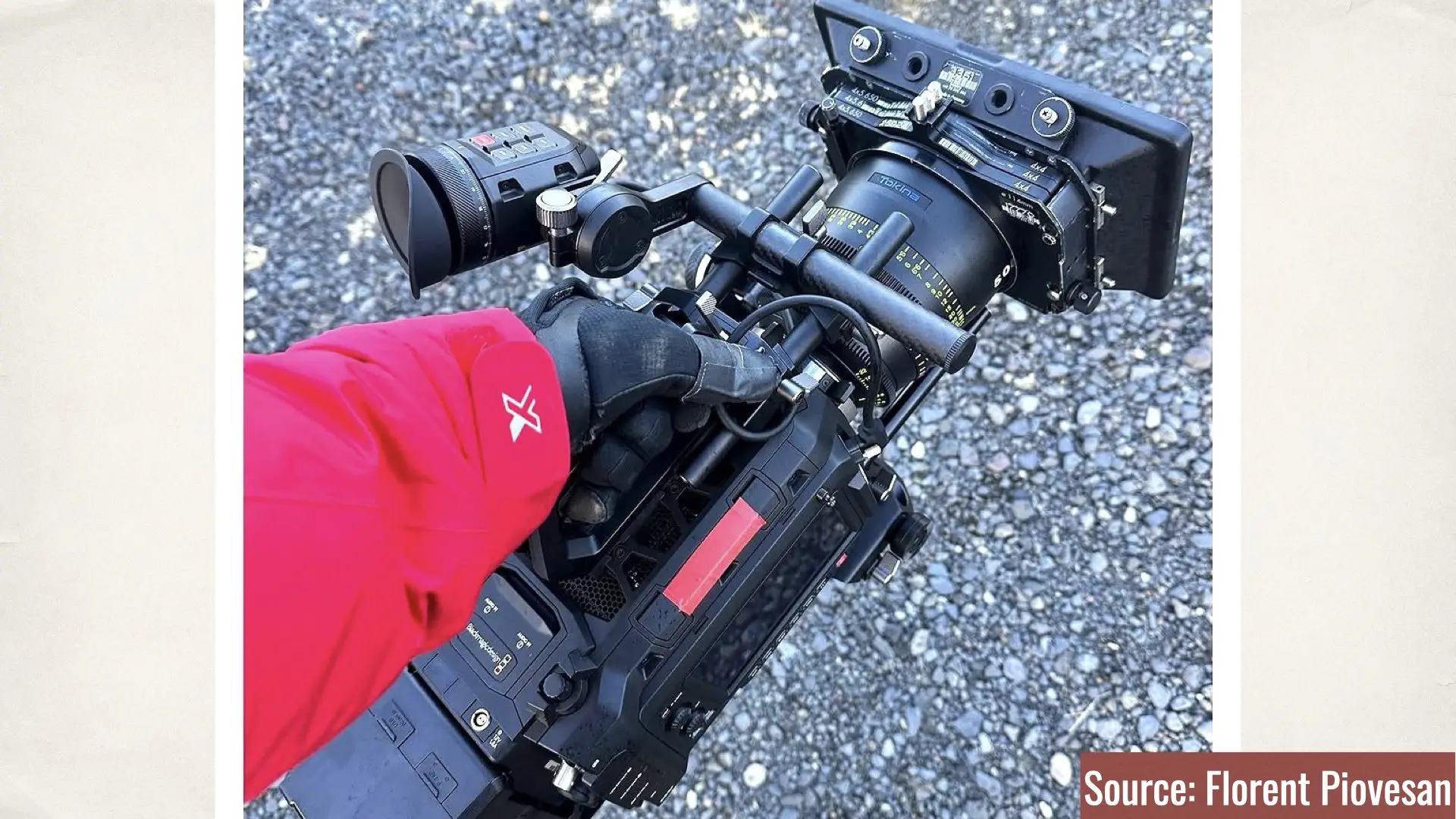
Is the 17K Ready for the Mainstream?
The implications are huge when we frame this improvement within the broader Blackmagic ecosystem. For instance, in A Technical Look at URSA Cine 17K 65 Footage, we analyzed early URSA Cine 17K footage and pointed out how the image pipeline was pushing boundaries. However, without a repeatable build quality, such innovations can be fragile. Thus, manufacturing improvements are not just cosmetic—they are foundational. They may close the gap between prototype promise and studio production approval, especially for applications like IMAX, which Blackmagic has directly targeted. (See: URSA Cine 17K: Bringing IMAX Filmmaking to the Masses).
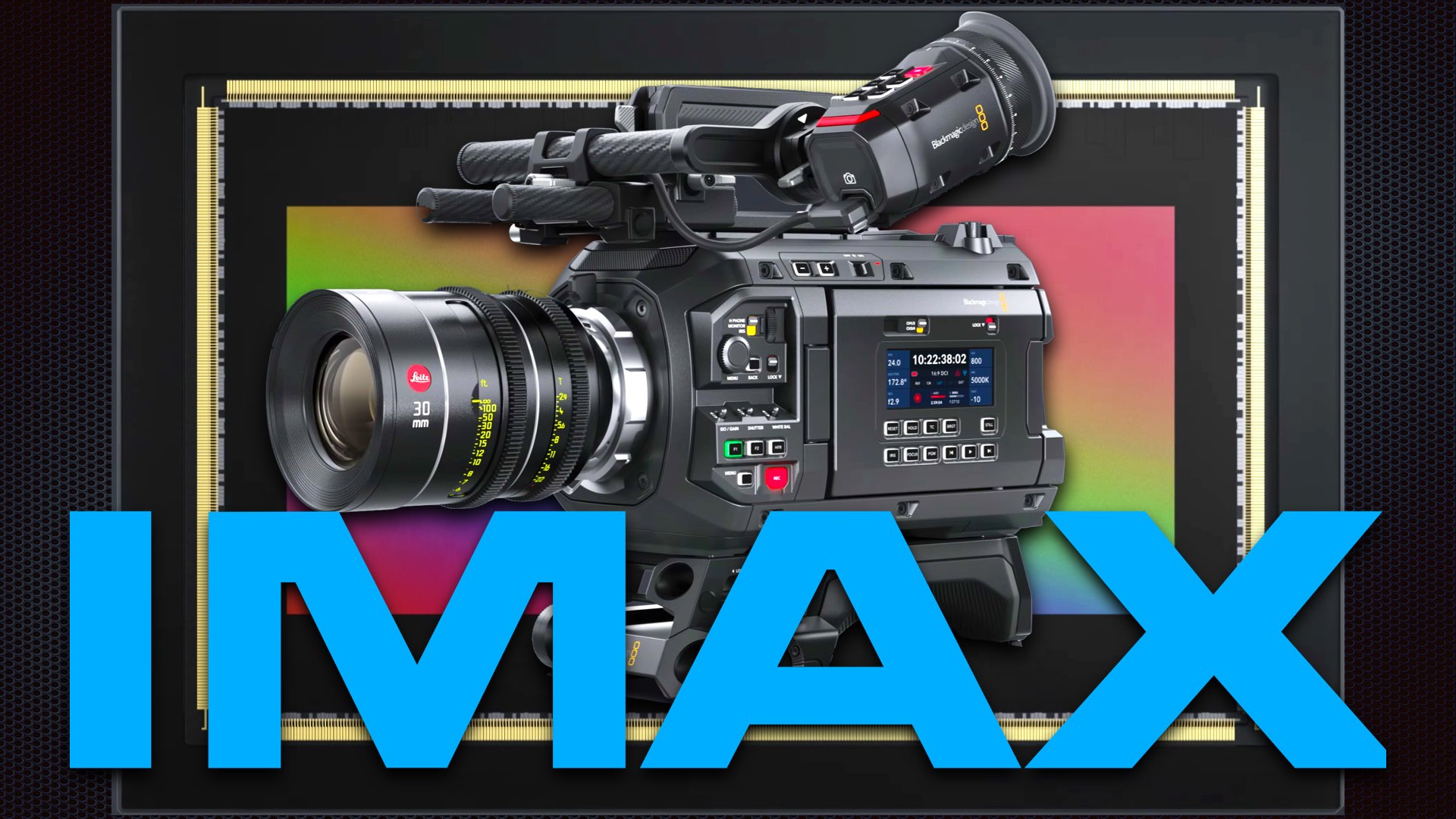
The addition of “Manufacturing improvements” to the latest firmware could signal a transition: from early adopter phase to production readiness at scale. This likely includes tighter tolerance controls, component upgrades, or streamlined assembly pipelines—any of which could ensure higher unit consistency, fewer returns, and better long-term reliability. It may also mean updated thermal designs, sensor calibration protocols, or even quality assurance algorithms embedded at the hardware level.
A Response to Fujifilm and the Medium Format War?
Let’s consider the competition. The arrival of the Fujifilm GFX ETERNA has heated up the medium format war, offering a different philosophy rooted in photographic heritage. In this light, Blackmagic’s “manufacturing improvements” may be a direct response—a tactical move to fortify the URSA Cine line as a platform ready for heavy use in feature production, rather than just technical showreels or indie experiments. This aligns with our previous analysis in Blackmagic Unveils Readout Speeds for the URSA Cine 17K 65, where the massive sensor readout speed improvements hinted that Blackmagic was preparing to go head-to-head with top-tier brands in demanding workflows.
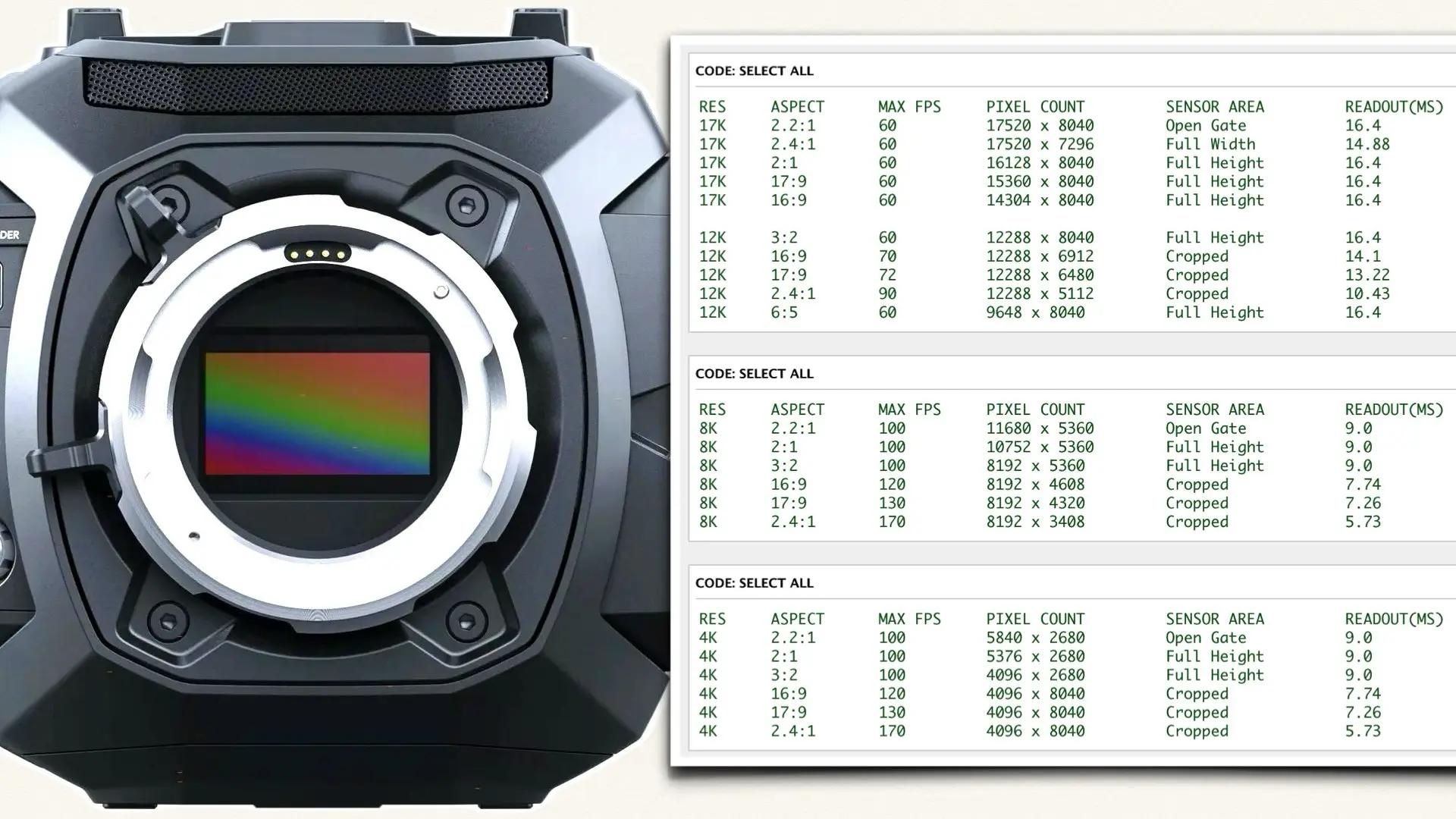
Pricing, Scale, and Long-Term Vision
Manufacturing changes may also be driven by cost efficiency. As highlighted in our coverage of URSA Cine 17K Pricing Details, Blackmagic has aimed to democratize access to high-resolution filmmaking, offering specs traditionally reserved for ARRI and IMAX ecosystems at a fraction of the price. To do that sustainably, Blackmagic must scale up production while keeping margins viable. That may explain a behind-the-scenes overhaul in how the cameras are being built—perhaps shifting to more robotic assembly, new supplier partnerships, or modular internals that make the line easier to service and upgrade.
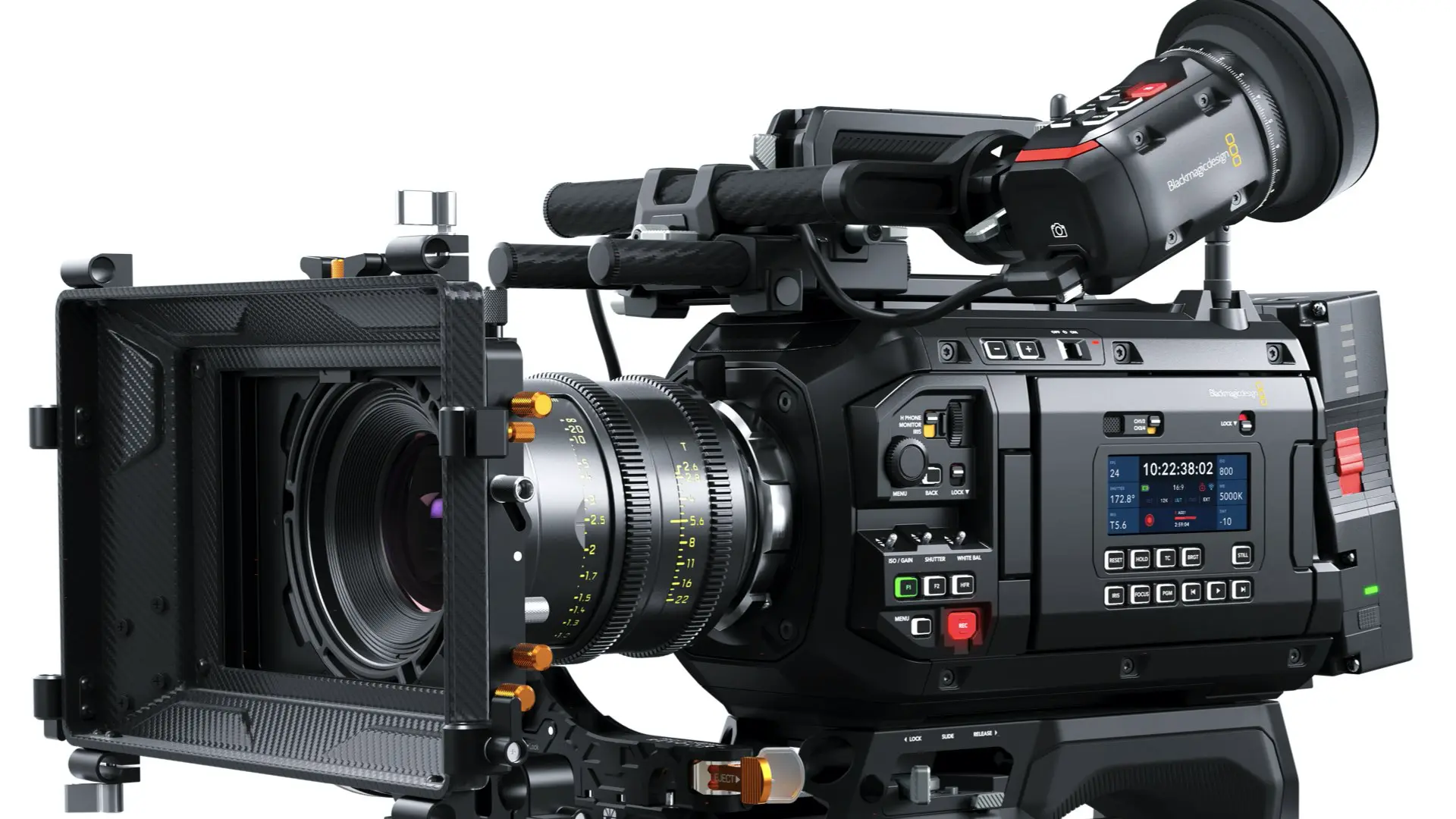
Discussion Points for the Industry
This firmware update offers fertile ground for debate and analysis. Some key questions to consider:
-
Are “manufacturing improvements” a precursor to mass production? Could we see URSA Cine models become standard rentals in major houses by year’s end?
-
Do these improvements enhance reliability or just streamline costs? Is Blackmagic prioritizing scalability or longevity?
-
Can better manufacturing influence image quality directly? In large-format systems, thermal consistency, mechanical tolerances, and sensor alignment can all subtly impact the final image.
-
Will these improvements open the door for partnerships with Netflix, IMAX, or Apple TV+? Certification is one thing, but production-ready consistency is often the final barrier.
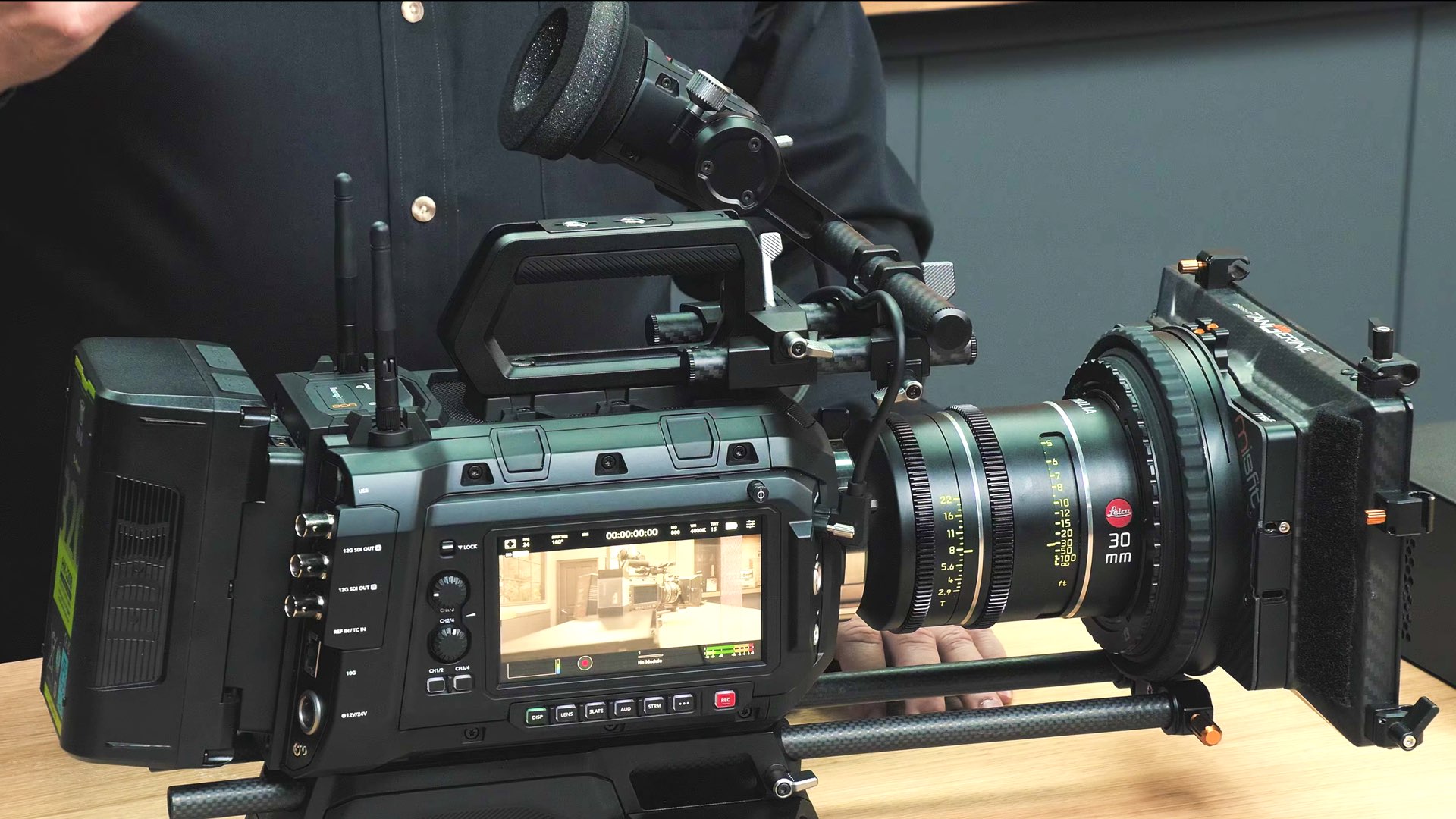
Conclusion: More Than a Patch—A Signal
Blackmagic Camera 9.5.1 is more than just a routine firmware tweak. By explicitly mentioning “manufacturing improvements,” Blackmagic Design is likely signaling that the URSA Cine 17K 65 has crossed a major milestone—from a technical marvel to a mature platform. It’s an inflection point that deserves attention from cinematographers, rental houses, studio executives, and hardware enthusiasts alike. Whether you’re a filmmaker looking to invest in new gear, or an industry analyst following the evolution of medium format cinema, one thing is clear: Blackmagic is playing the long game—and they’re building it better, one firmware at a time.

